Latest
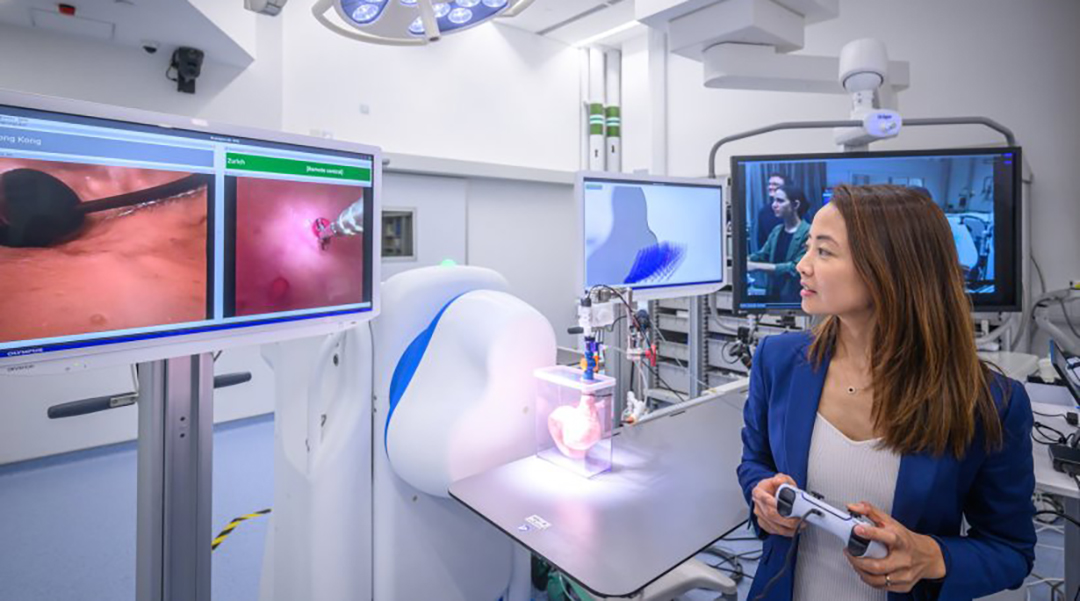
Remote-controlled robot is changing the game for endoscopes
A new teleoperated robot makes it possible to perform endoscopes remotely, making the procedure available in underserviced regions.

Gigantic cosmic strings may have spawned supermassive black holes and galaxies
Scientists theorize that cosmic strings interacting with dense matter in the early universe provided the seeds for galaxies and black holes.

Diamond-based sensors measure temperatures on the nanoscale
Scientists have optimized nanodiamond sensors, with potential breakthroughs in electronics, medicine, and quantum tech.
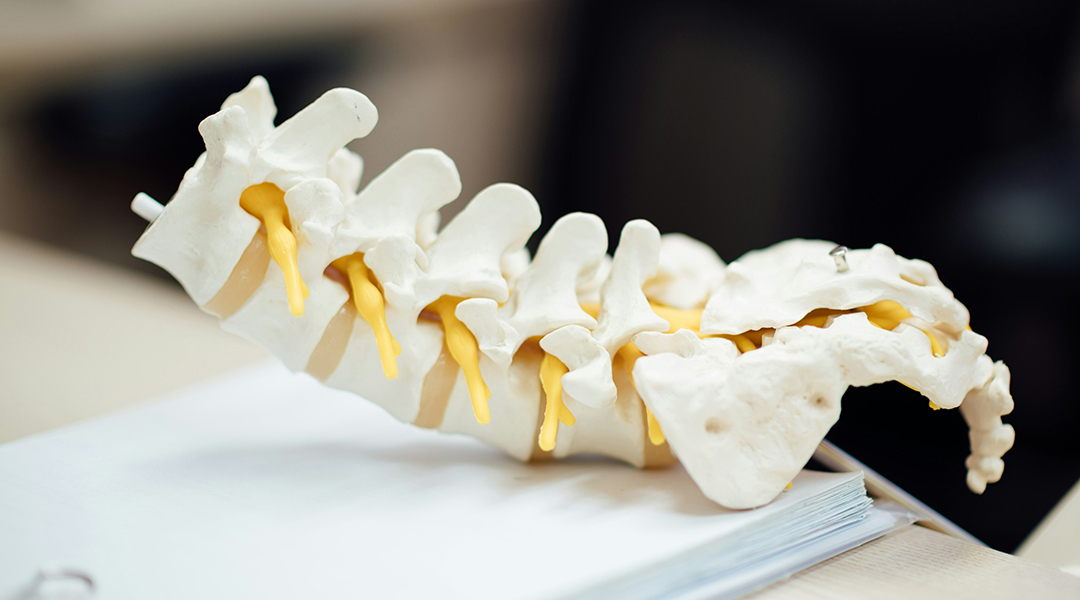
Using 3D printing to treat bone infections
A new biomaterial shows unprecedented success at eliminating bacteria that cause bone infections and promote the regrowth of injured bones.

A Big Ring in the sky challenges modern cosmology
The discovery of colossal structures like the Big Ring is reshaping established theories about the physics of the Universe.

How biogas from human waste will lead to energy independence
Chicken feathers enhance the quality of biogas produced from human waste, allowing impoverished communities to generate their own power.
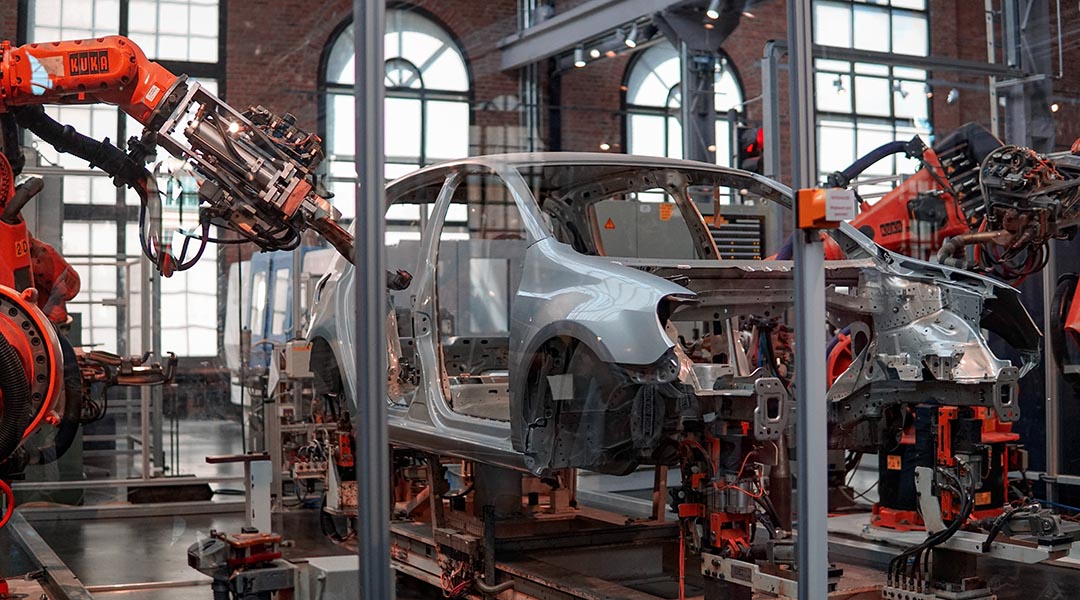
Robots in the workforce: How can we compete?
Researchers calculate the automation risk of almost 1000 existing occupations and provide alternatives based on skill set.

Largest known comet from Oort Cloud captured by Hubble
Astronomers capture images of a four billion-year-old relic that fell from the theorized Oort Cloud that encircles our Solar System.
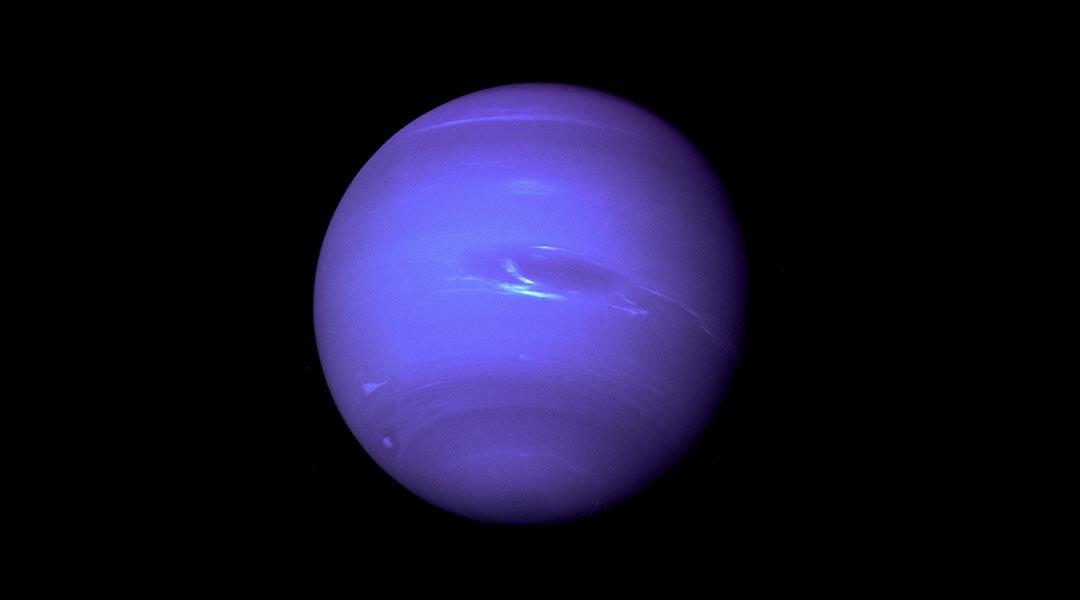
Neptune’s unexpectedly cool summer
A compilation of data gathered over the last 20 years shows a surprising drop in global temperatures on Neptune.

Decarbonizing the chemical industry with sustainable photons
Decarbonizing the chemical industry is possible, provided decreases in the cost of solar energy and increases in LED efficiency continue.
ASN Newsletter
Sign up for our newsletter and receive the latest science news directly to your inbox.
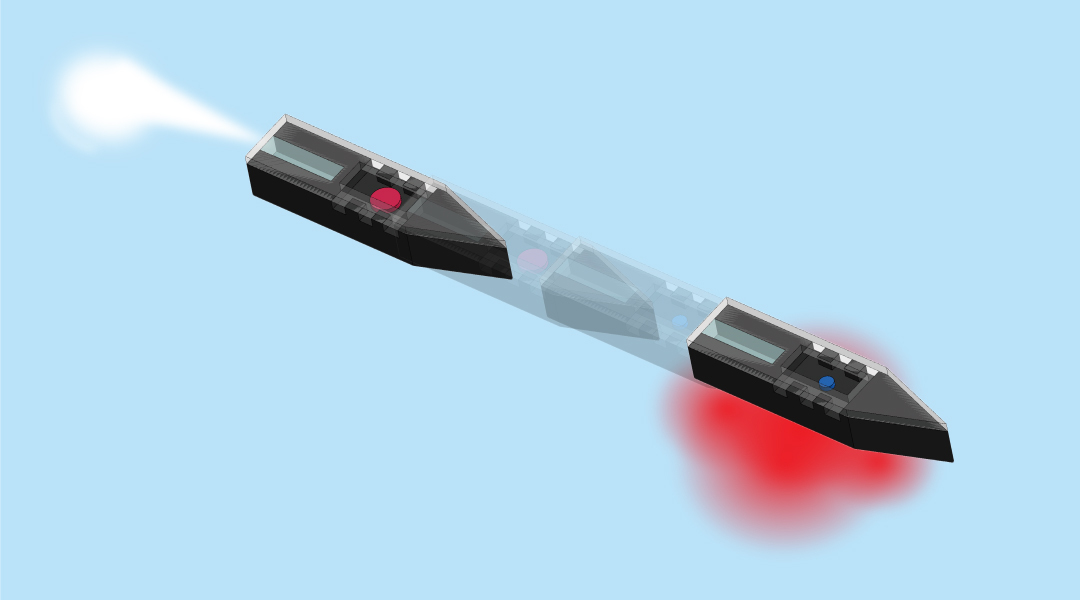
Color-changing microrobots help monitor the environment
Using stimuli-responsive hydrogels with regularly arranged colloidal particles, researchers create color-changing microrobots that can freely explore and gather information.

String theory fuzzballs resolve famous black hole paradox
Scientists have turned to string theory to better understand black holes, proposing they can be modeled as “fuzzballs” made up of interacting strings.
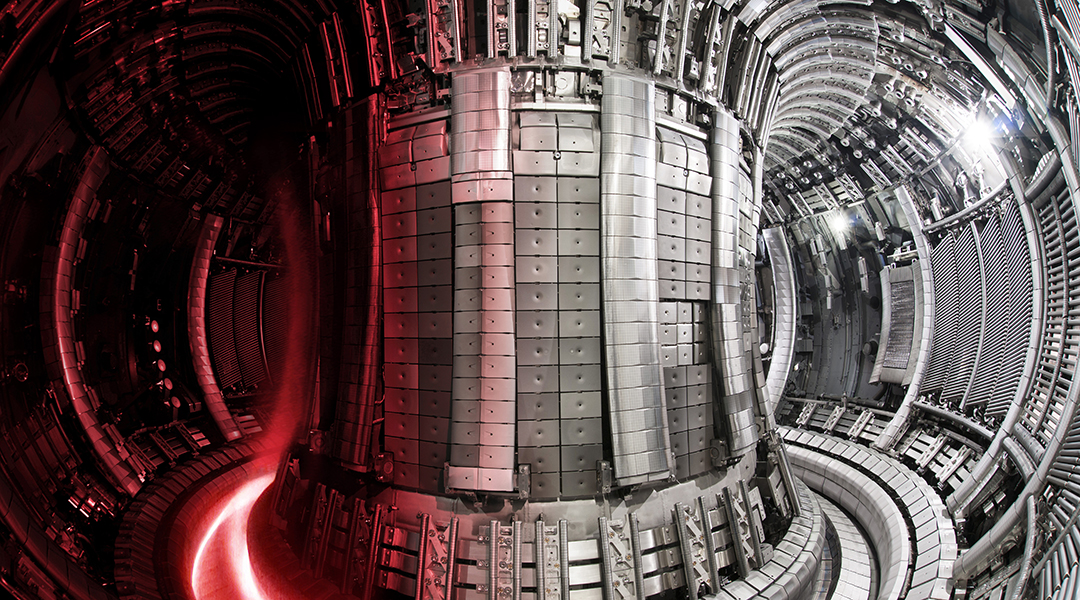
Nuclear fusion record broken by UK scientists
In a major breakthrough, scientists have demonstrated sustained nuclear fusion energy, providing hope for future large-scale projects.

Inspiring climate action by linking social and environmental change
We will not solve the climate crisis and inspire action without generating a shared emotional response to our changing world.
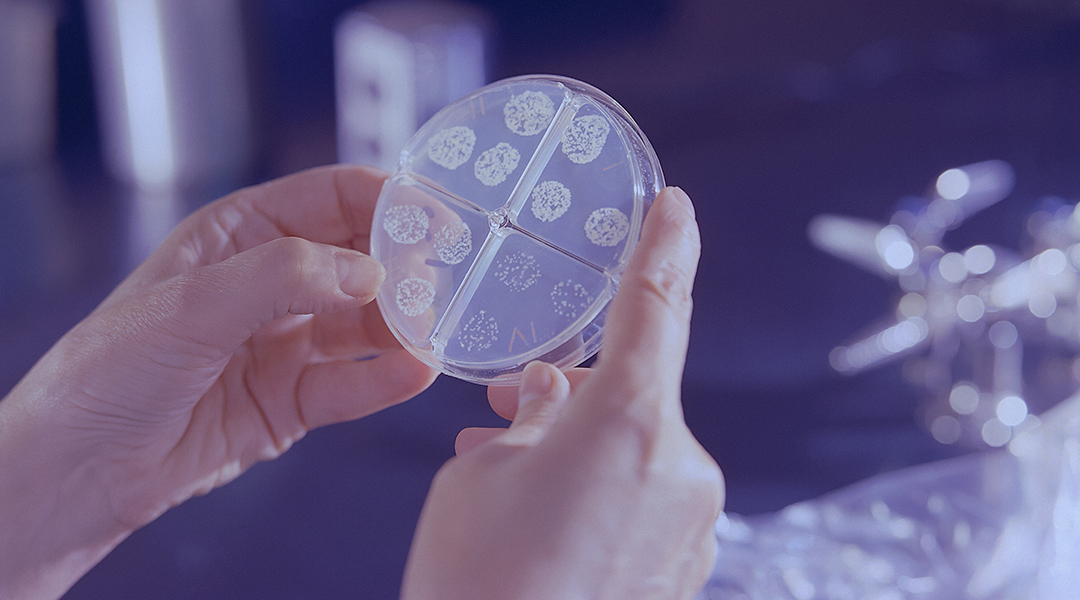
RNA thermometers to bring down bacteria from the inside
RNA thermometers help regulate bacterial infection and targeting them might be a way toward fighting antibiotic resistance.
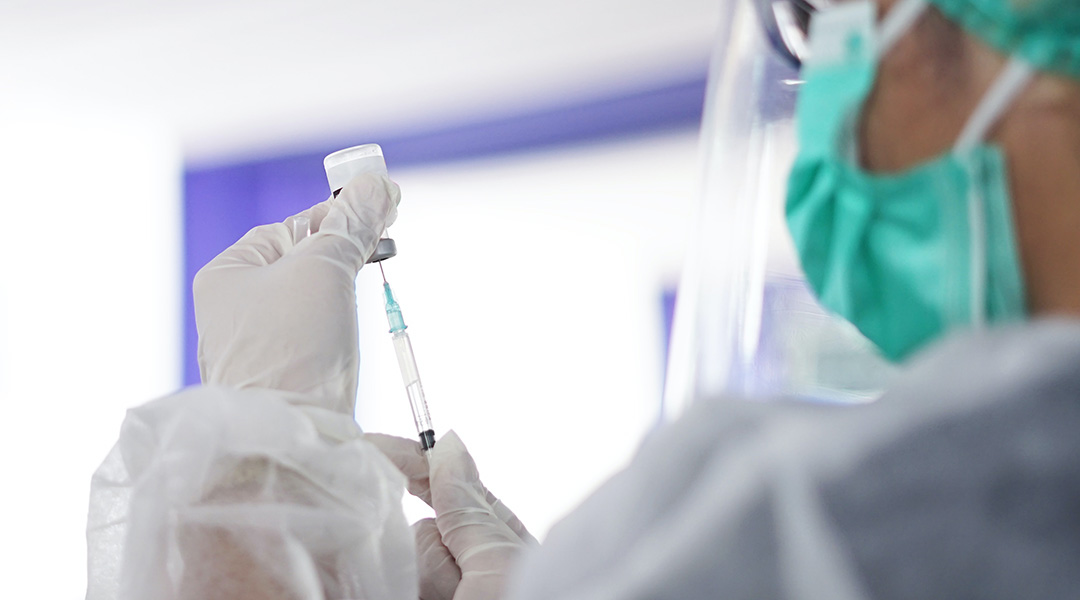
Hydrogel vaccines could spell the end of booster shots and vaccine inequity
A hydrogel delivery system boosts single-dose efficacy and provides a potential tool to fight future pandemics and vaccine inequity.

Study finds a 1% reduction in body weight can attenuate brain aging
Using brain imaging, scientists discover reduced brain aging after just 18 months of healthy diet and exercise.
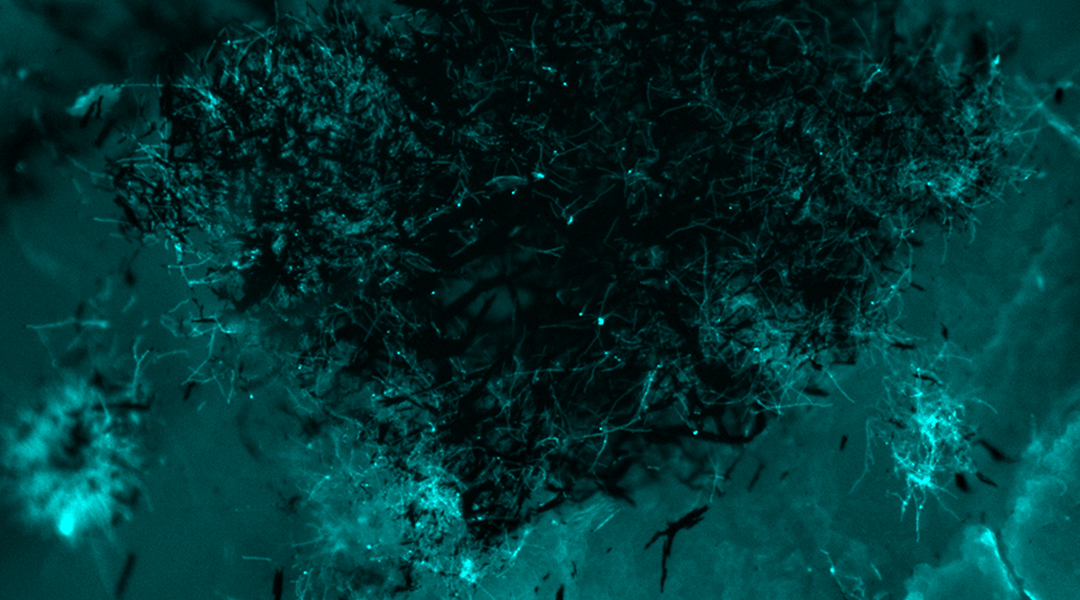
Microrobots kill fungal infections in just ten minutes
To curb the rising threat of fungal infections, researchers crafted iron oxide nanoparticles as speedy, effective, and inexpensive antifungal agents.
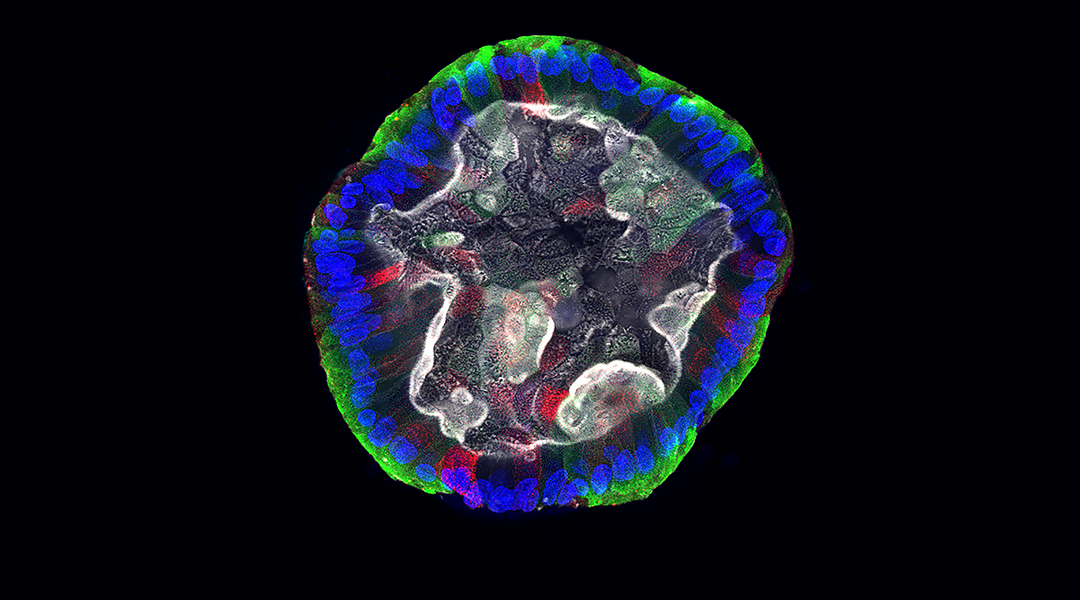
Using organoids to advance equity and inclusion in drug discovery
Addressing the lack of diversity in drug testing, scientists are using organoids from voluntary donors to enhance equity and inclusion.
Hydrogel vaccines could spell the end of booster shots and vaccine inequity
A hydrogel delivery system boosts single-dose efficacy and provides a potential tool to fight future pandemics and vaccine inequity.
Study finds a 1% reduction in body weight can attenuate brain aging
Using brain imaging, scientists discover reduced brain aging after just 18 months of healthy diet and exercise.
Microrobots kill fungal infections in just ten minutes
To curb the rising threat of fungal infections, researchers crafted iron oxide nanoparticles as speedy, effective, and inexpensive antifungal agents.
Using organoids to advance equity and inclusion in drug discovery
Addressing the lack of diversity in drug testing, scientists are using organoids from voluntary donors to enhance equity and inclusion.

Science fiction to reality: Space-based solar power
With climate change, the weaponization of energy, lower satellite launch costs, incentives to harness space-based solar power are on the horizon.

A bright future for supernovae
Researchers have found that supernovae explosions are preceded by observable radiation whose features should make it possible to distinguish the radiation of a future supernova from other light sources in space.

Dark matter from quantum gravity
Researchers at the Southern University of Science and Technology in China ask if gravitons can be promising candidates for dark matter components.
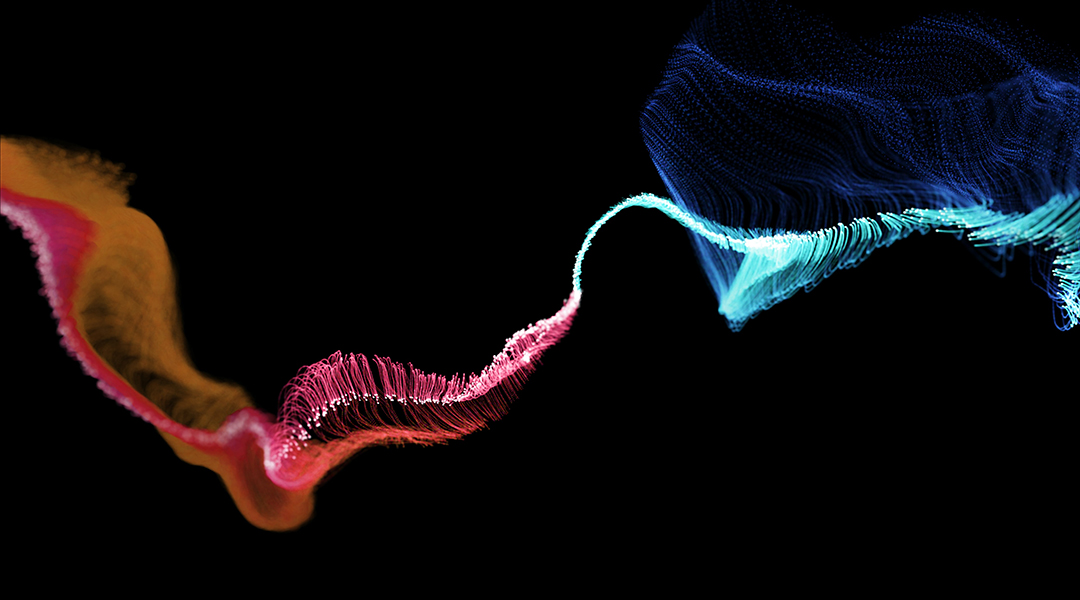
Ultra-cold atoms help test fundamental theory of solids
Cold ytterbium atoms were used to test a fundamental theory which describes phenomena in solids such as magnetism and superconductivity.
Science fiction to reality: Space-based solar power
With climate change, the weaponization of energy, lower satellite launch costs, incentives to harness space-based solar power are on the horizon.
A bright future for supernovae
Researchers have found that supernovae explosions are preceded by observable radiation whose features should make it possible to distinguish the radiation of a future supernova from other light sources in space.
Dark matter from quantum gravity
Researchers at the Southern University of Science and Technology in China ask if gravitons can be promising candidates for dark matter components.
Ultra-cold atoms help test fundamental theory of solids
Cold ytterbium atoms were used to test a fundamental theory which describes phenomena in solids such as magnetism and superconductivity.
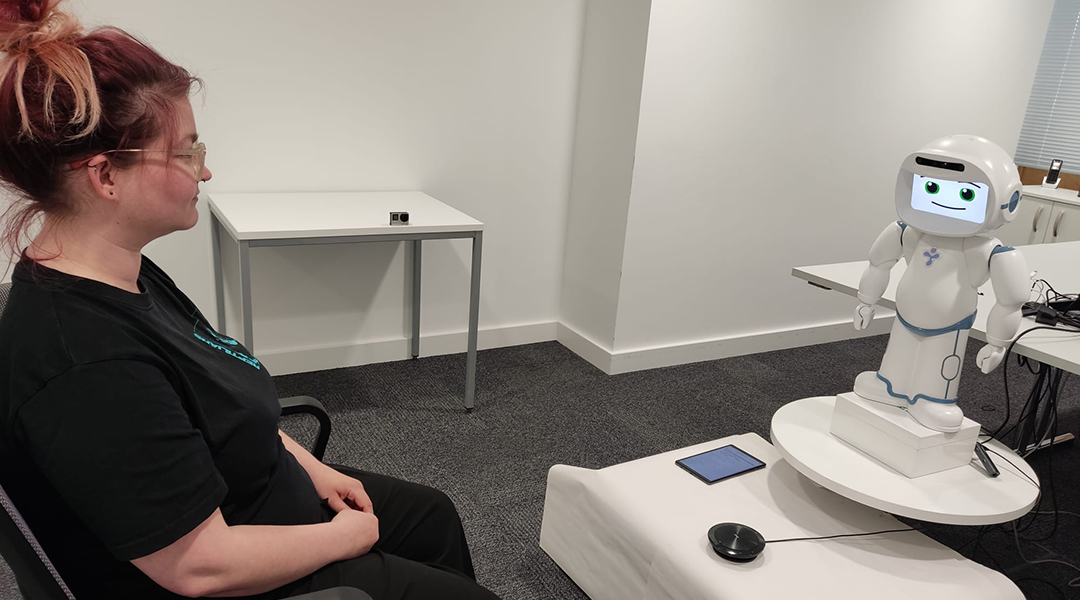
Robots can help improve workplace well-being, but only if we learn to connect with them
Just like successful therapist or coach relationships, machine-human relationships require engagement and trust if robots are to be useful.

Infrared: The future of anti-counterfeit tags?
A new study proposes a technique to print images on a special surface such that they can only be seen by authorized recipients.
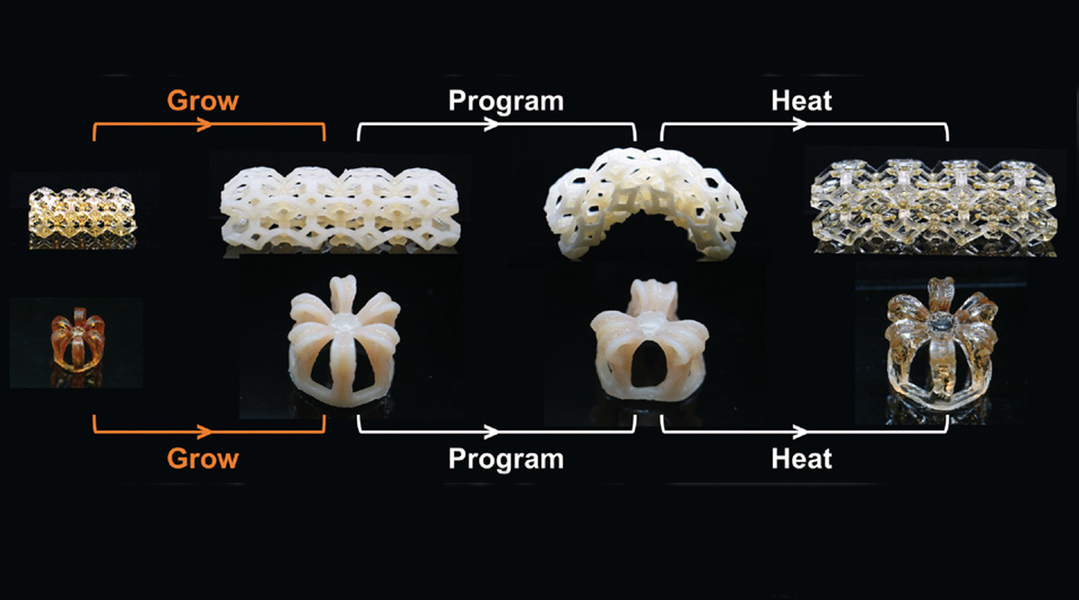
4D printing “living” structures inspired by immortal jellyfish
4D printing produces a living polymer network that can be printed into 3D shapes and then broken down into its monomer units for reuse.

A soft robotic hand takes a two-pronged approach to grasping
Resembling a balloon filled with coffee grounds, this gripper uses granular jamming and electrostatic interactions to manipulate objects.
Robots can help improve workplace well-being, but only if we learn to connect with them
Just like successful therapist or coach relationships, machine-human relationships require engagement and trust if robots are to be useful.
Infrared: The future of anti-counterfeit tags?
A new study proposes a technique to print images on a special surface such that they can only be seen by authorized recipients.
4D printing “living” structures inspired by immortal jellyfish
4D printing produces a living polymer network that can be printed into 3D shapes and then broken down into its monomer units for reuse.
A soft robotic hand takes a two-pronged approach to grasping
Resembling a balloon filled with coffee grounds, this gripper uses granular jamming and electrostatic interactions to manipulate objects.

Vegetation played a major role in climate warming
Climate models backed by pollen records validate a spike in global temperatures that took place 6000-9000 years ago.

How biogas from human waste will lead to energy independence
Chicken feathers enhance the quality of biogas produced from human waste, allowing impoverished communities to generate their own power.

Decarbonizing the chemical industry with sustainable photons
Decarbonizing the chemical industry is possible, provided decreases in the cost of solar energy and increases in LED efficiency continue.

Gravity energy storage elevated to new heights
An innovative new gravity storage system with an “elevator” style building design is a viable solution to global grid-scale energy storage.
Vegetation played a major role in climate warming
Climate models backed by pollen records validate a spike in global temperatures that took place 6000-9000 years ago.
How biogas from human waste will lead to energy independence
Chicken feathers enhance the quality of biogas produced from human waste, allowing impoverished communities to generate their own power.
Decarbonizing the chemical industry with sustainable photons
Decarbonizing the chemical industry is possible, provided decreases in the cost of solar energy and increases in LED efficiency continue.
Gravity energy storage elevated to new heights
An innovative new gravity storage system with an “elevator” style building design is a viable solution to global grid-scale energy storage.
No Results Found
The page you requested could not be found. Try refining your search, or use the navigation above to locate the post.
No Results Found
The page you requested could not be found. Try refining your search, or use the navigation above to locate the post.
No Results Found
The page you requested could not be found. Try refining your search, or use the navigation above to locate the post.
No Results Found
The page you requested could not be found. Try refining your search, or use the navigation above to locate the post.








